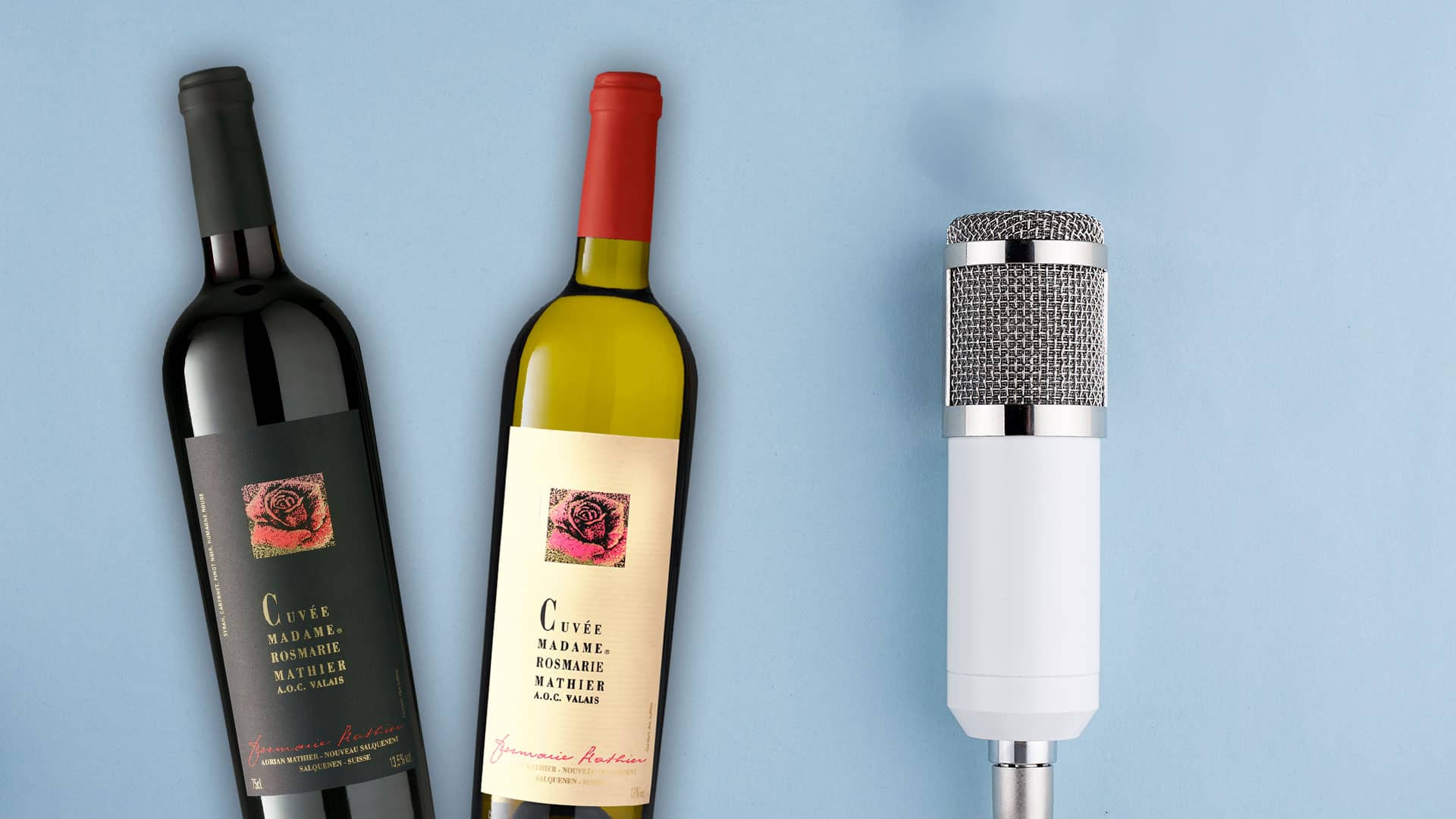Experience and enjoy wine with all your senses
The five human senses play a major role when tasting a wine. The eye, nose and sense of taste are particularly important when it comes to discovering and enjoying a wine. If, thanks to our intuition, we already have a certain wealth of experience as a good starting point for assessing a wine, there is only one thing that helps if you want to expand your knowledge horizon: tasting, tasting and tasting again.
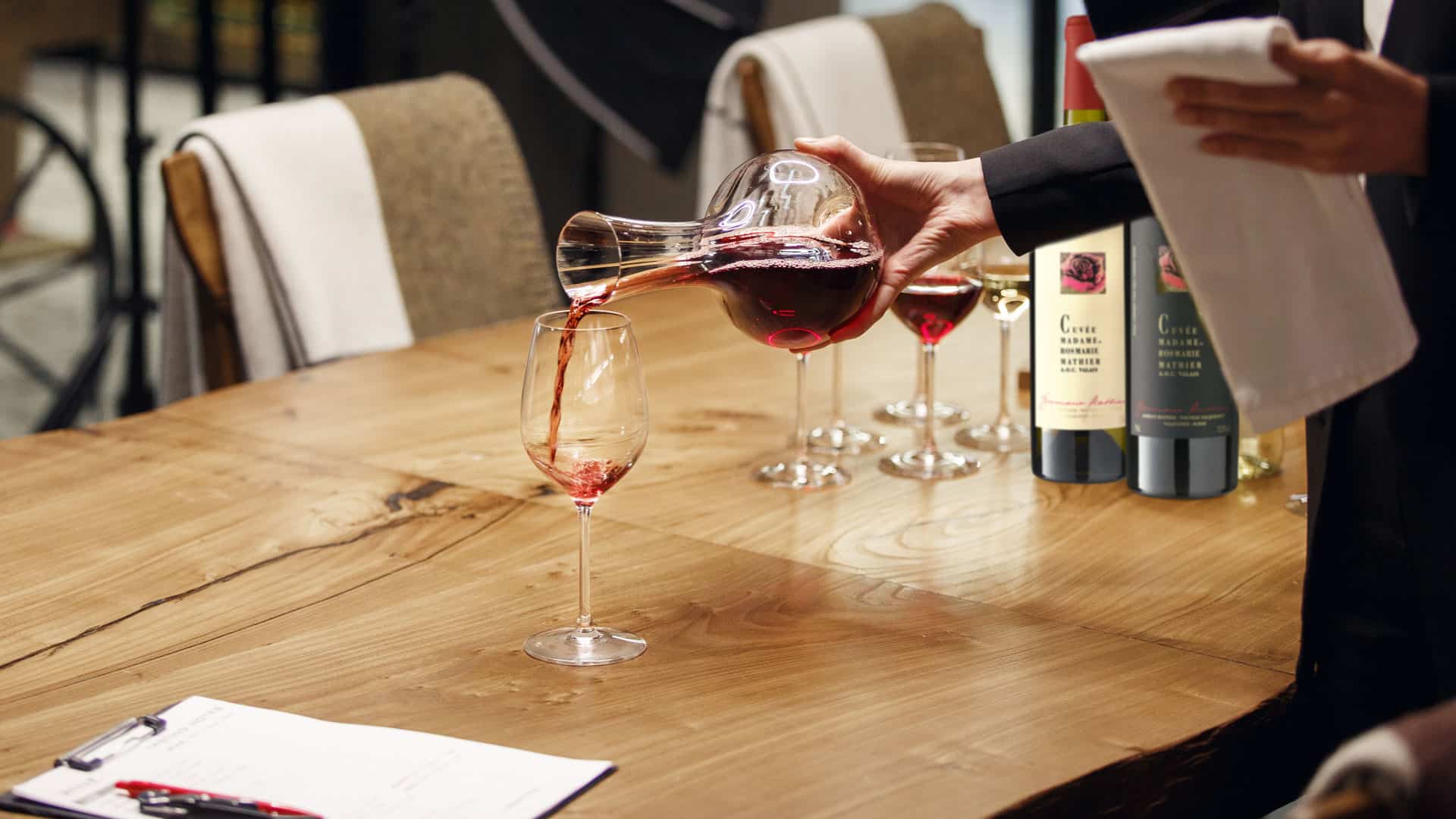
While hearing plays a subordinate role when it comes to enjoying a wine with all the senses, the eye plays a much more important role: to begin with, the wine must be judged by its color (also called robe), its intensity and its clarity. This can only be done with a trained eye, in daylight and against a bright background. For detailed information on how to judge a wine correctly, we recommend our blog “Judging wine correctly”.
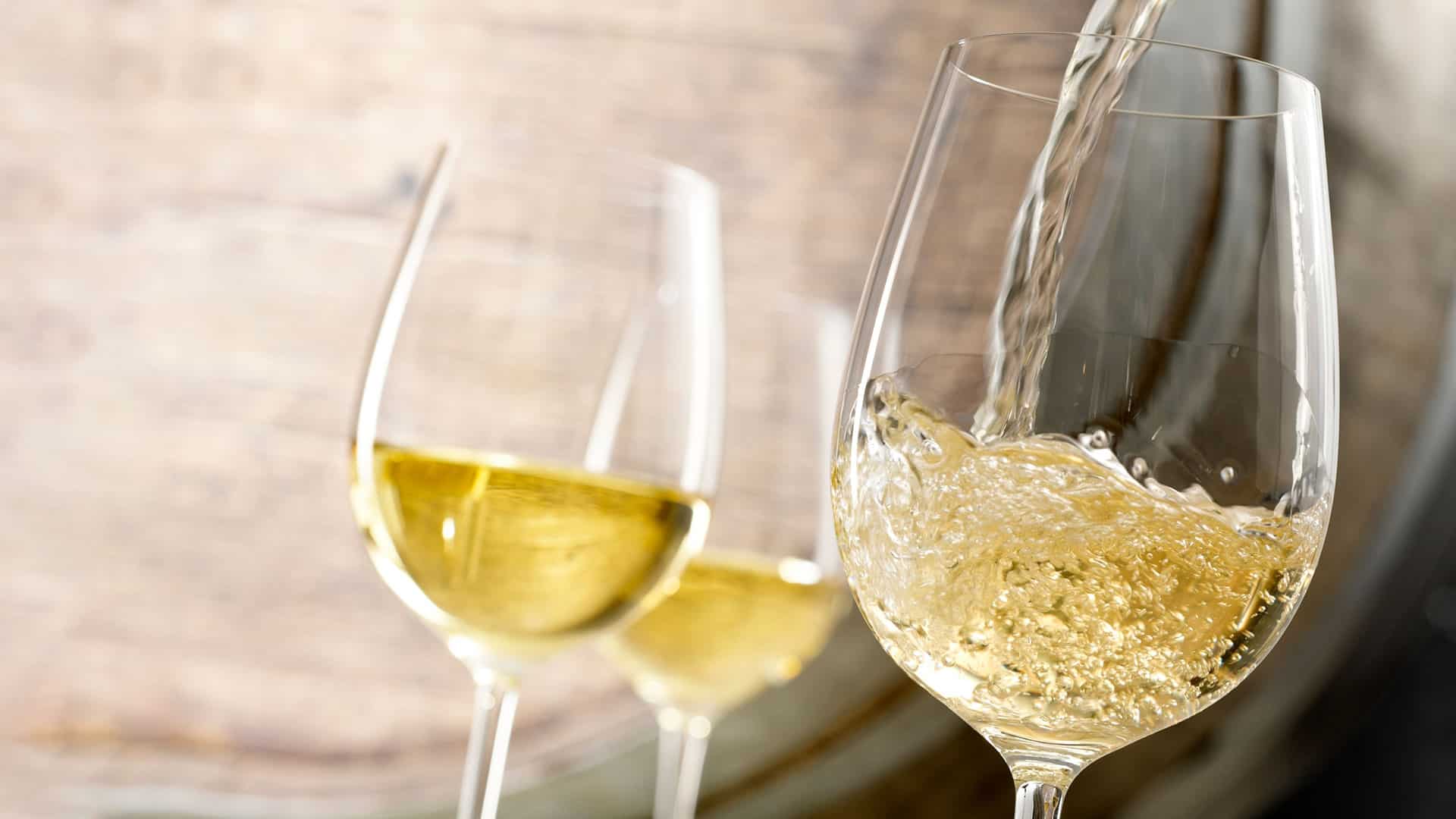
Then the sense of smell comes into play. This is of crucial importance, as it is not only the first time we come into direct contact with the product wine. The sense of taste used later on also depends mercilessly on the sense of smell. This is because our saliva, but also the chewing and sipping movements when tasting the wine, release volatile aromatic substances from the wine, which then pass through our throat and up into the nasal cavity, where they are perceived by the human olfactory cells. This means that there is no taste without smell. This sense is correspondingly important when it comes to fully appreciating and enjoying a wine. Smelling is about recognizing and determining the aromas of the wine and their effect. The world of wine aromas is divided into three categories: primary, secondary and tertiary aromas. If you would like to learn more about the triumvirate of wine aromas, we recommend our corresponding blog article “The triumvirate of wine aromas.”
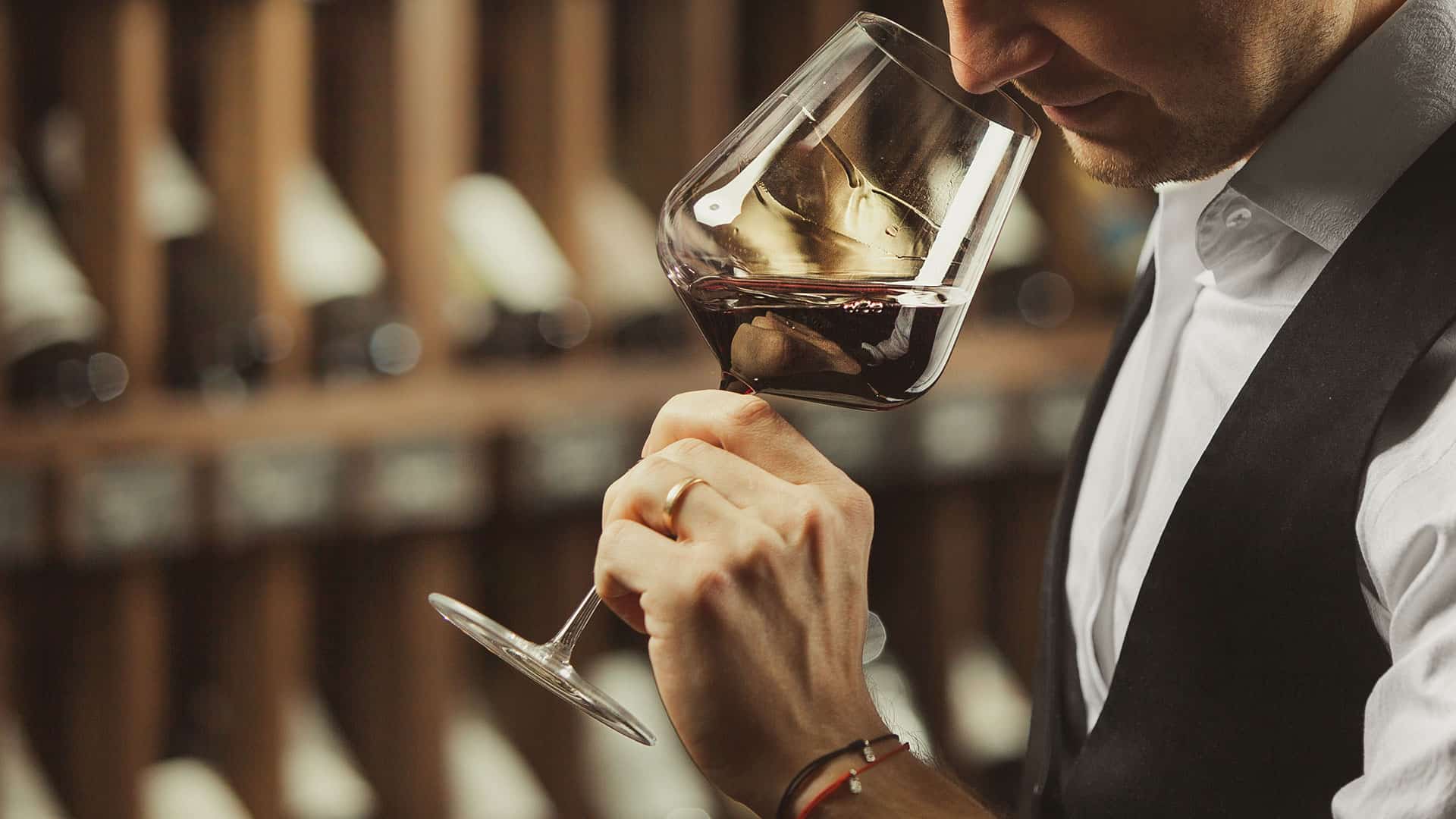
Now we come to the real highlight, the sense of taste, also known as gustatory perception. The human mucous membrane in the mouth contains 2,000 to 4,000 taste buds, whose sensory cells are renewed every week. Most of the papillae are located on the tongue. We humans distinguish between five different taste categories: sweet, salty, sour, bitter and umami. Last but not least is the finale, also known as the finish. This refers to nothing other than the length of time that the taste of the wine lingers on the palate. A long finish is an indication of high wine quality. It can even be classified in terms of time. A good quality wine should have a finish of 8 seconds. If you have a wine with a finish of 10 seconds or more in front of you, then you have made a very good purchase, because you are looking at a wine from the top league.
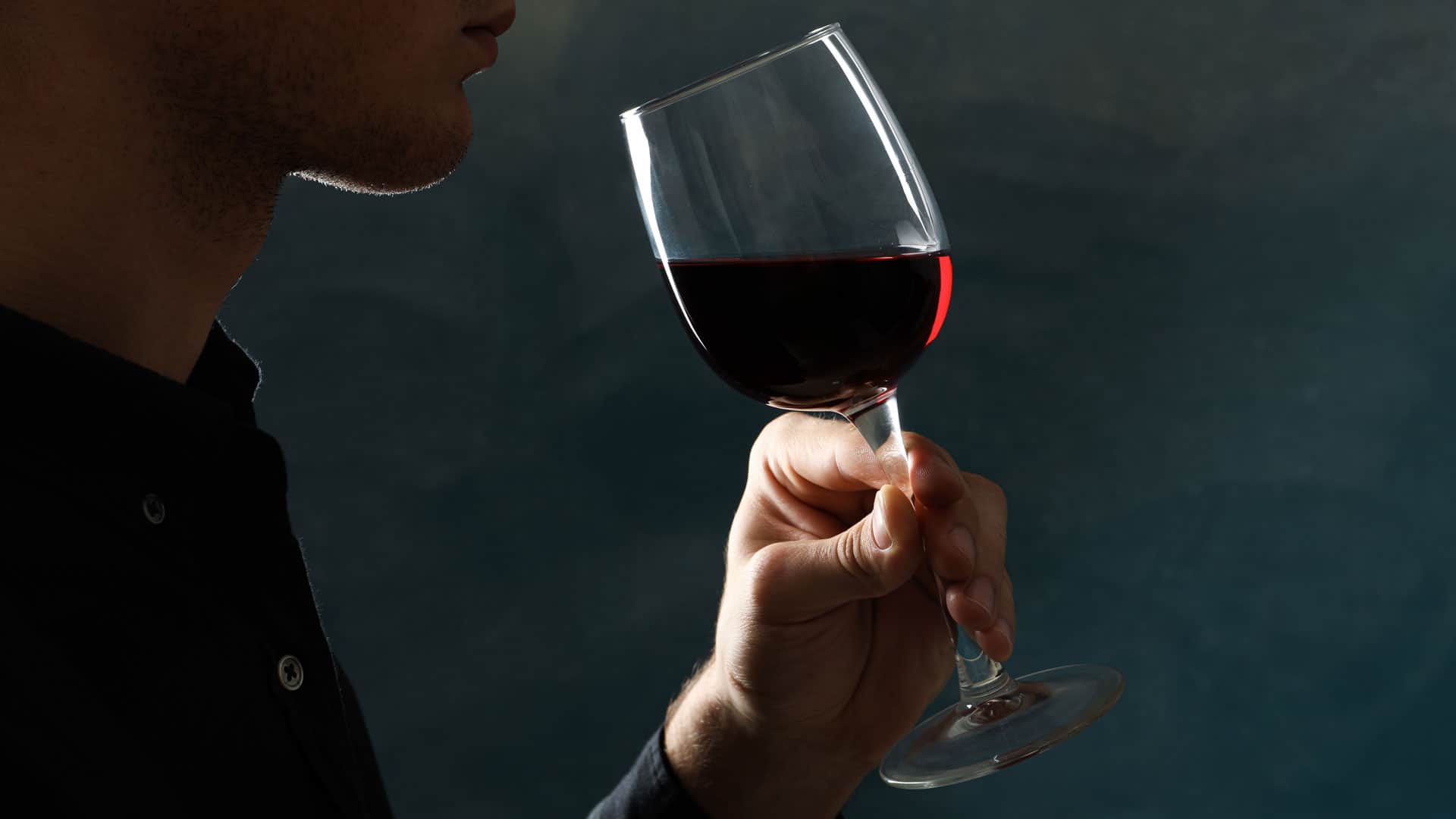
The best Swiss winemaker of the decade, Diego Mathier, has recently started to place great importance on the sense of hearing. In Mathier’s wine podcast, all the wines of the successful Salgesch winemaker are presented in elaborately produced podcast episodes. A real feast for the ears, which supports the other senses while enjoying the respective wine thanks to valuable information, anecdotes and stories – just listen in!
